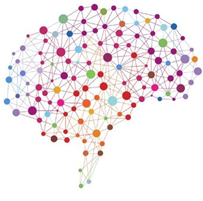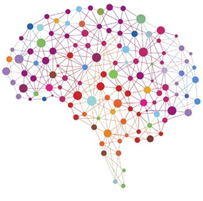Talk title: How the brain is changed after being six months in space: evidence from structural and functional MRI
In 1961, the first human was sent into space, which marked the beginning of a new era. Spaceflight programs and missions have evolved ever since, and so has the focus of biomedical research of astronauts. One general mechanism that is overtly recognized is that the human body adapts to the space environment. As the brain has a hallmark feature for adapting to new situations, known as neuroplasticity, the brain must contain characteristics that reflect the adaptation seen in astronauts at the level of sensorimotor strategies, orientation, and vestibular function. However, the brain had not been thoroughly investigated during the first 50 years of spaceflight.
Our research group commenced the first prospective study to investigate brain structural and functional changes after long-duration spaceflight using advanced multimodal MRI techniques in 2013. Using diffusion MRI-based analyses of white matter microstructure, we found evidence for increased white matter in important brain motor regions after spaceflight, such as the basal ganglia and cerebellum. With resting-state functional MRI, we showed functional connectivity changes in multisensory integration regions, such as the angular gyrus and insular cortex. Besides these results indicating neuroplasticity, largescale anatomical changes are visible after spaceflight, including cerebrospinal fluid shifts and brain ventricular enlargement.
Our studies have provided fundamental evidence for the changes occurring in the brain as a result of spaceflight. In the future, these observations should be considered and investigated in relation to astronaut experience, age, sex, and mission length, as well as in relation to its potential repercussions at a clinical and performance level.

